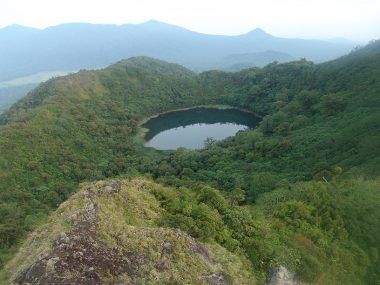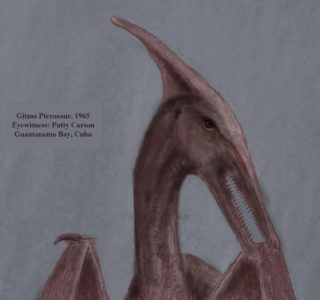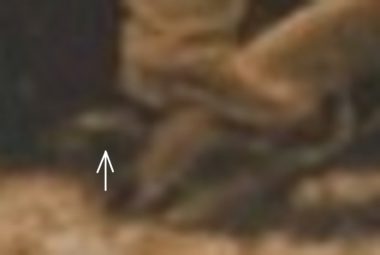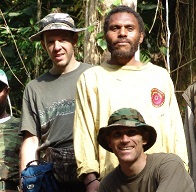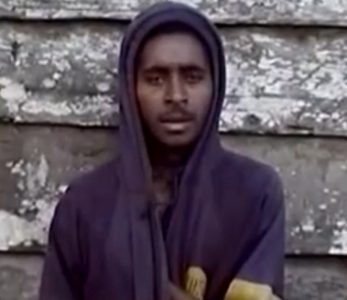By the cryptozoology author Jonathan Whitcomb
Until at least the end of 2018, I was unaware of whether or not the ropen of the southwest Pacific is the same species of strange flying creature as was seen in Eastern Cuba in 1965 and in 1971. I have no doubt they’re at least related, being descended from a long-tailed Rhamphorhynchoid pterosaur.
I also cannot say for sure if the “fiery flying serpent” of the Old Testament and the Book of Mormon was a Rhamphorhynchoid; I believe it probably was. But although I’ve been around a long time, the exodus of the children of Israel with Moses was before my time.
Ropen of Papua New Guinea
Americans led two expeditions on Umboi Island in 2004. With my interpreter Luke Paina, I led the first expedition on that remote tropical island in Papua New Guinea. The second one was led by David Woetzel and Garth Guessman, with Jacob Kepas interpreting. None of us had a clear view of the ropen, at least not clear enough to see any details of form or features. We did have three sightings of a flying light.
Is the ropen a “pterodactyl?” After those two expeditions, my associates and I had no doubt: These are living pterosaurs of the southwest Pacific. The ropen is a large featherless nocturnal flying creature with a long tail that ends with a “diamond” shaped structure on the end of its tail. It also appears to have intrinsic bioluminescence. We learned many things from interviewing native eyewitnesses.
Malangpot is a crater lake on Umboi Island (photo courtesy of Garth Guessman)
.
Extinction of all Pterosaurs?
Contrary to a popular assumption in Western society, not all species of pterosaurs became extinct. The challenge that we have had in publicizing this, however, is in the depth of that entrenched assumption. One eyewitness in the United States said something like this: “My mother thinks I’m crazy.”
By the way, extinction for any general type of animal cannot be proven through any number of fossils, no matter when those fossils are though to have lived in the past. Fossils simply give us clues about what some of them were like when they did live.
The ropen of Guantanamo Bay, Cuba (mid-20th century)
###
.
Living pterosaurs of the southwest Pacific
Umboi Island, Papua New Guinea, is not the only place in the southwest Pacific where people see pterosaurs or pterosaur-like flying creatures. Most sightings are of a creature with a long tail and no sign of any feathers.
.
Expedition in Papua New Guinea in 2015, by Milt Marcy and Peter Beach
.
Strange flying creatures in the southwest Pacific
Ropens and other modern pterosaurs live in and around Australia and Papua New Guinea
.
[This flying creature is also known by the following names: indava, kor, duwas, seklo-bali.] The ropen is a long-tailed flying cryptid described as pterosaur-like and reported by eyewitnesses around the world, especially in North America and in the southwest Pacific (including Australia).
.
Eyewitness Reports of Apparent Living Pterosaurs in North Carolina . . . Raleigh, Durham, Asheville, Wilmington . . .
.
A scientific paper written by David Woetzel, early in the 21st century
.



